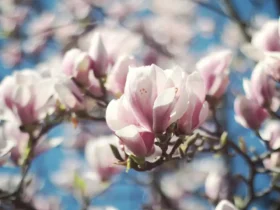Amidst the vast array of vibrant and enchanting flowers, few can rival the captivating beauty of Parrot’s Beak (Lotus berthelotii). Also known as the Parrot’s Beak Plant or Coral Gem, this unique and exotic flowering plant is a delight to behold. With its striking resemblance to a parrot’s beak and its dazzling blend of fiery hues, Parrot’s Beak has captured the hearts of gardeners, horticulturists, and plant enthusiasts around the world.

Origin and Habitat
The Parrot’s Beak is native to the Canary Islands, a volcanic archipelago located off the northwestern coast of Africa. In its natural habitat, it thrives in coastal regions with well-draining sandy or rocky soils. The Canary Islands’ mild climate and moderate rainfall provide the ideal conditions for this tropical beauty to flourish.
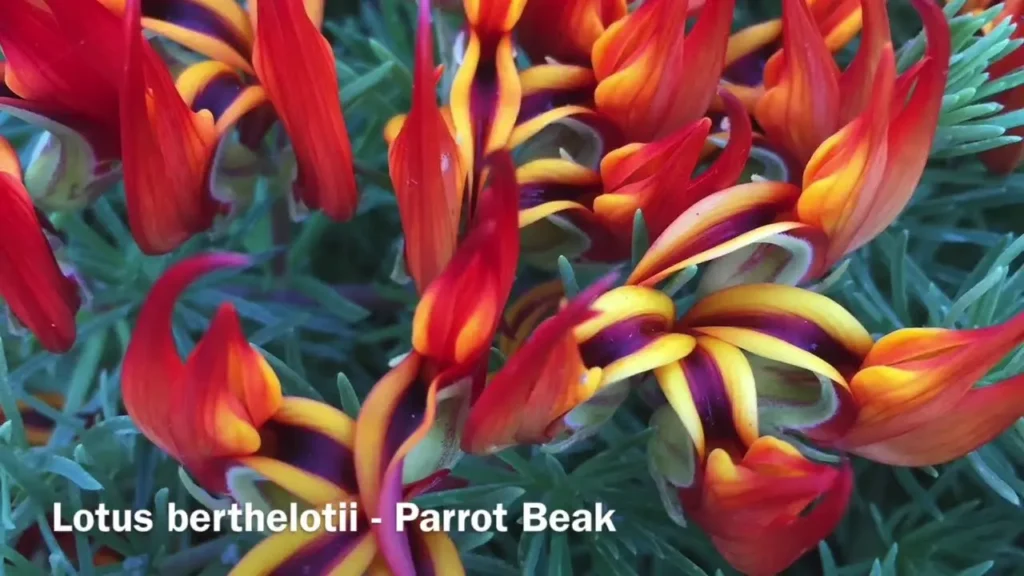
Distinctive Appearance
The most remarkable feature of the Parrot’s Beak is its peculiar flower shape, which resembles the beak of a parrot in full flight. The tubular flowers display vivid shades of red, orange, and coral, with splashes of yellow at the base, creating a mesmerizing display of colors that catches the eye from afar.
The plant’s trailing stems, adorned with lush green foliage, add to its allure, making it an excellent choice for hanging baskets, containers, or cascading over garden walls. Parrot’s Beak is a true standout in any landscape or indoor setting, stealing the show with its exotic charm.
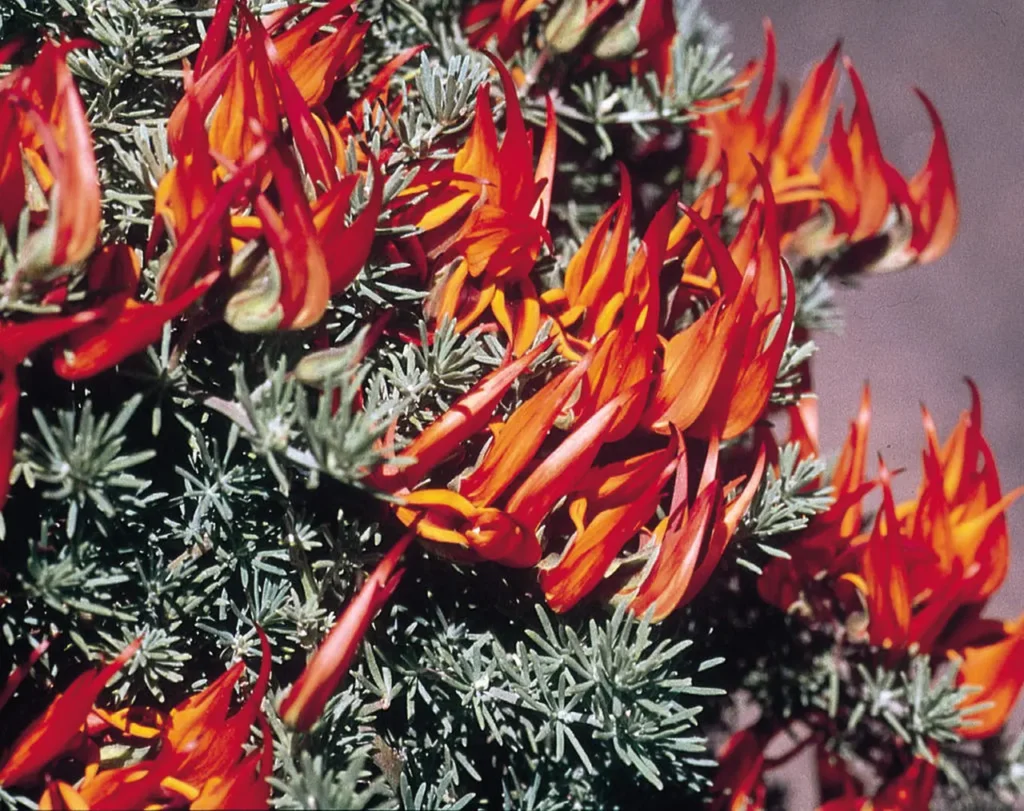
Cultivation and Care
Cultivating Parrot’s Beak can be a rewarding experience for both seasoned gardeners and beginners. The following care tips can help ensure the plant’s health and prolific blooming:
- Sunlight: Parrot’s Beak thrives in full sunlight or light shade. Placing it in a spot with at least 6 to 8 hours of sunlight per day will encourage abundant flowering.
- Soil: Well-draining soil is essential for this plant. A mixture of potting soil and sand or perlite works well for containers, while garden beds benefit from loose, sandy soil.
- Watering: Parrot’s Beak prefers moderate watering. Allow the soil to dry slightly between waterings to prevent root rot.
- Fertilization: Providing a balanced liquid fertilizer every two weeks during the growing season (spring and summer) can promote healthy growth and blooming.
- Pruning: Regular deadheading (removal of spent flowers) can encourage the plant to produce more blooms and maintain a tidy appearance.
- Overwintering: In colder climates, Parrot’s Beak may not tolerate freezing temperatures. Consider bringing it indoors during the winter or providing protective cover to prevent damage.
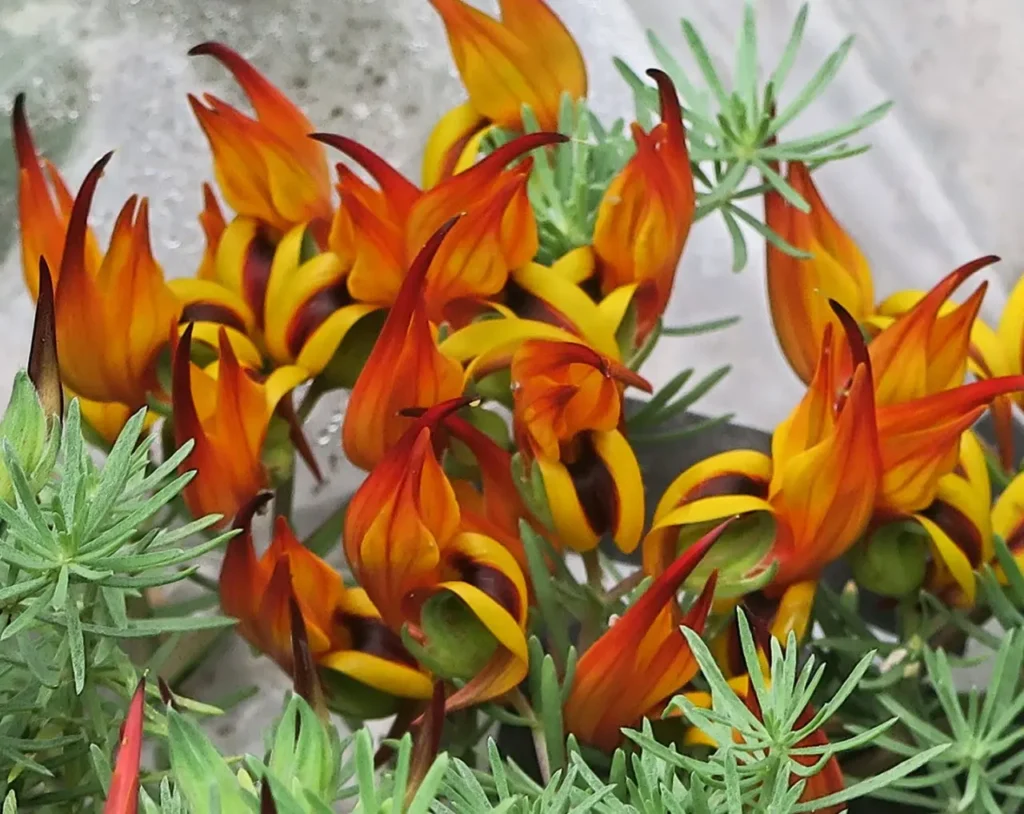
Conservation Status
In its natural habitat, Parrot’s Beak faces threats such as habitat destruction and competition with invasive plant species. As a result, it has become classified as endangered on the International Union for Conservation of Nature (IUCN) Red List. Efforts are underway to conserve and protect the remaining wild populations and their fragile ecosystems.
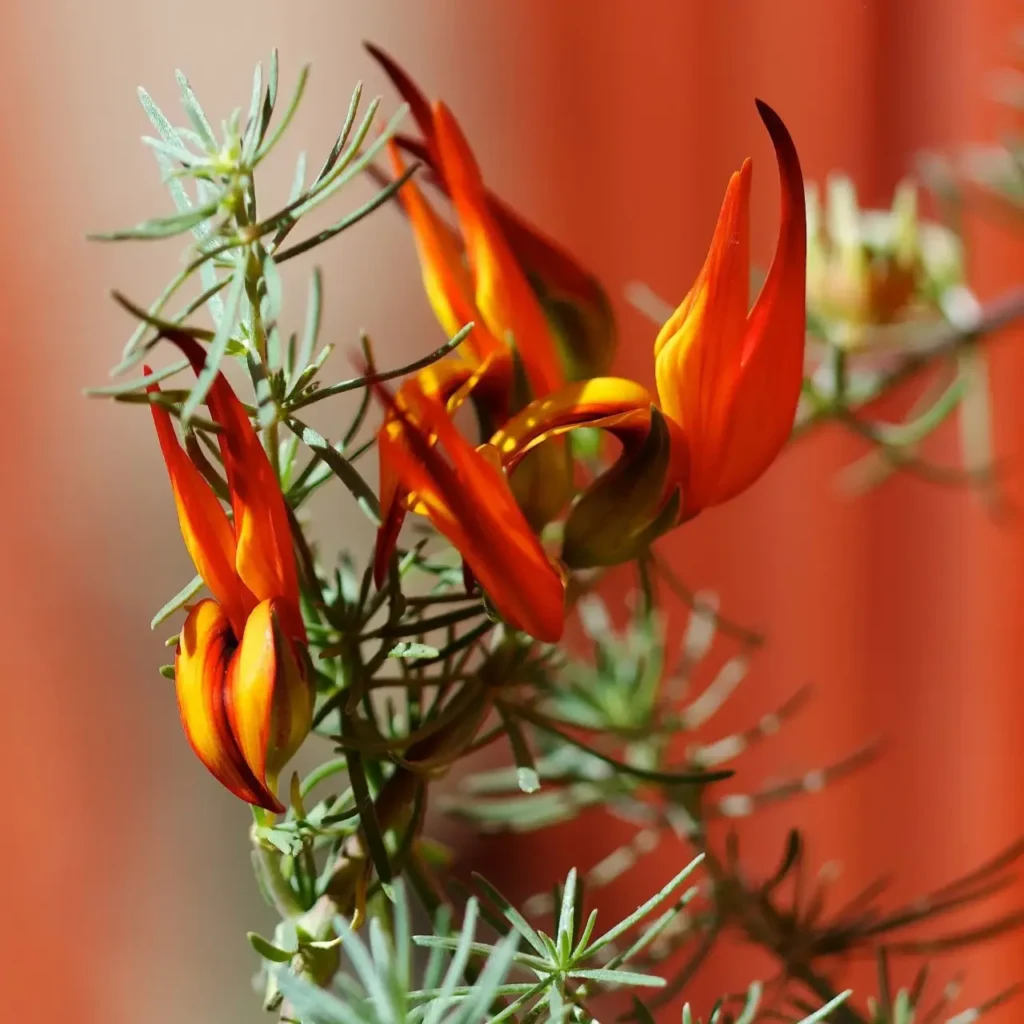

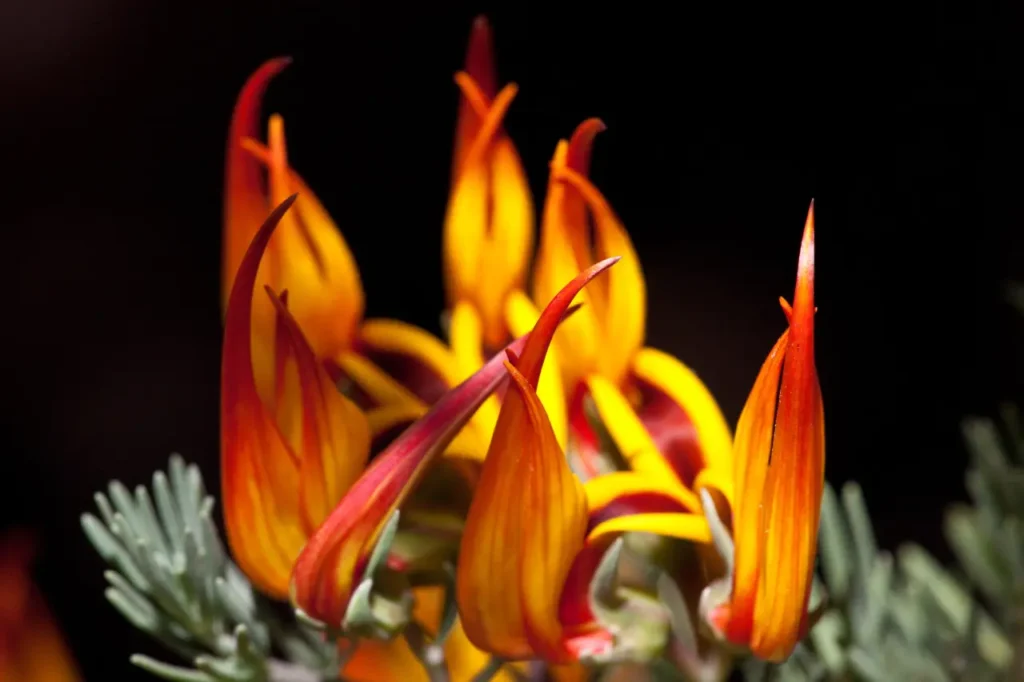
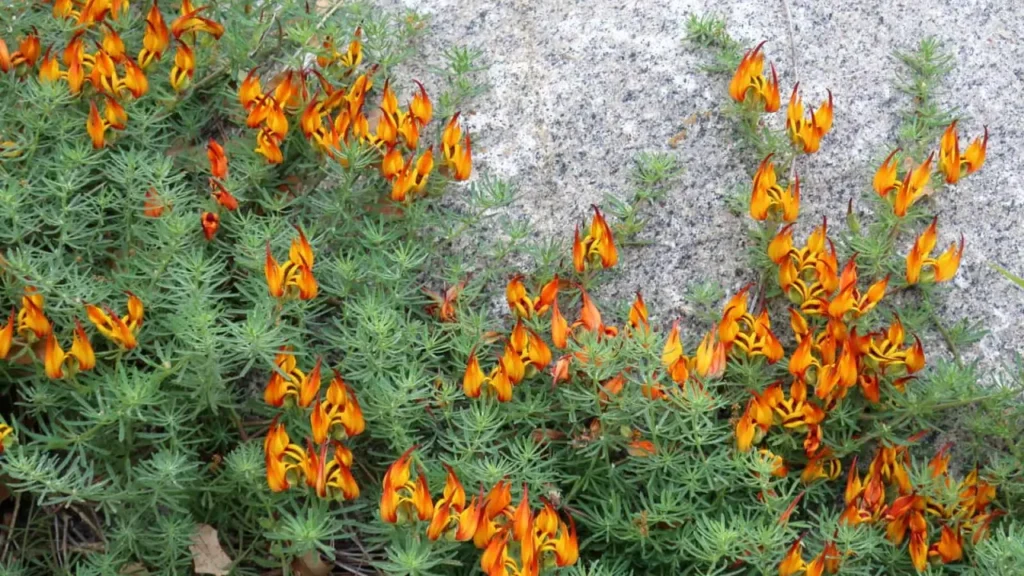
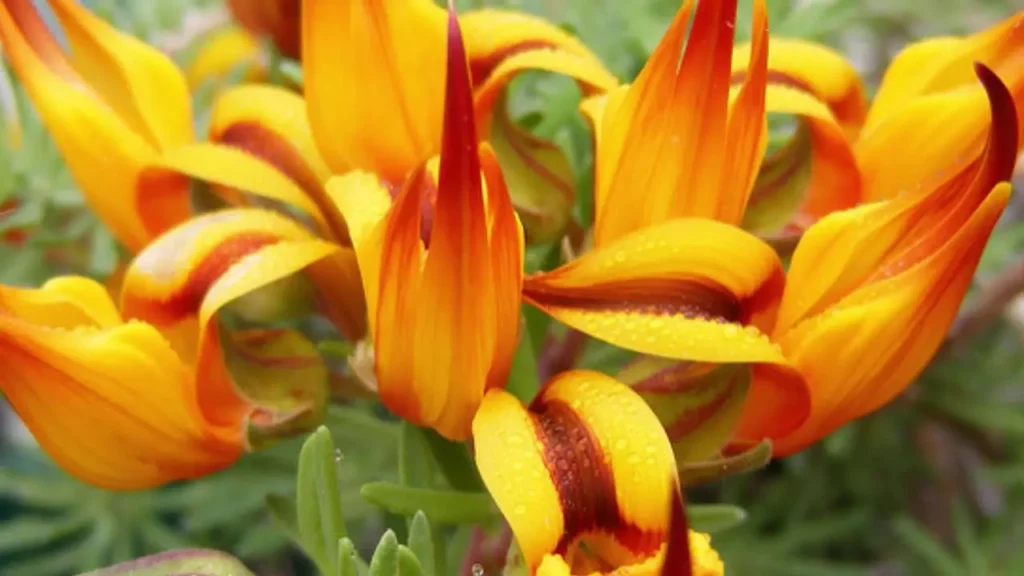
Parrot’s Beak, with its vibrant colors and unique flower shape, stands as a testament to the wonders of the natural world. Its exotic allure and graceful presence make it a treasure among floral enthusiasts and a symbol of biodiversity and conservation. By cultivating and appreciating this gem of the floral kingdom, we celebrate the delicate beauty and rich diversity of our planet’s flora, reminding us of the need to safeguard and preserve these precious botanical treasures for future generations to enjoy.
